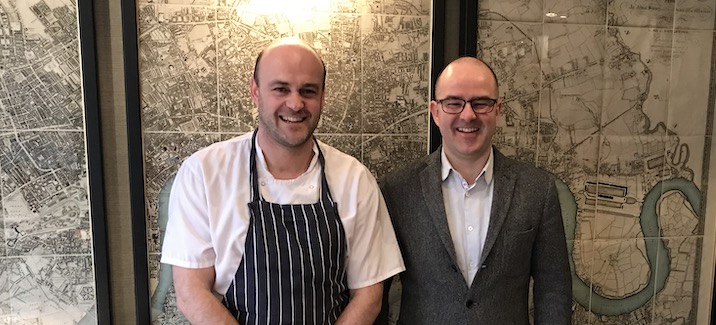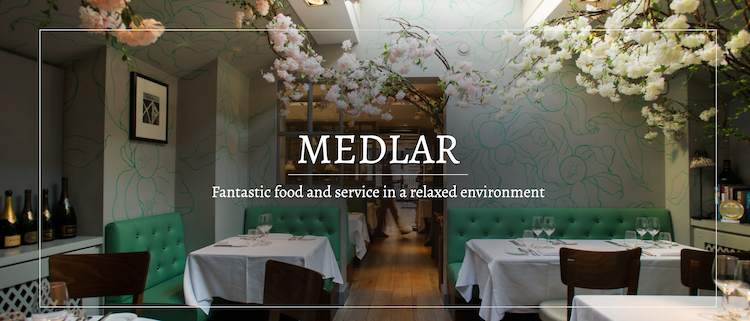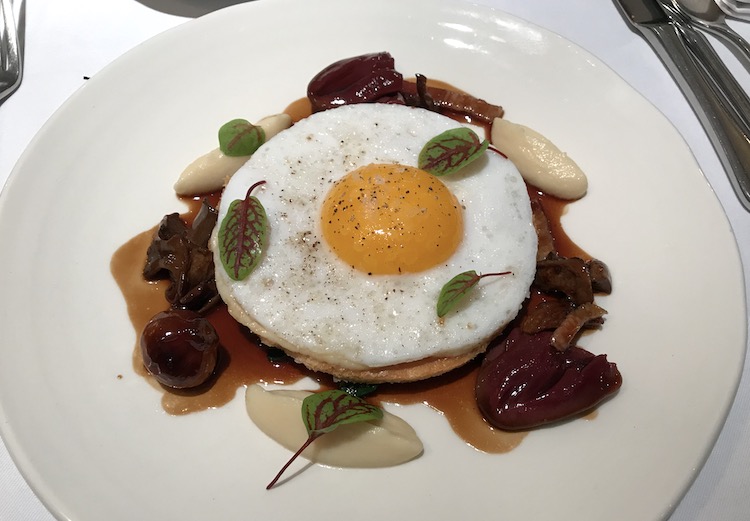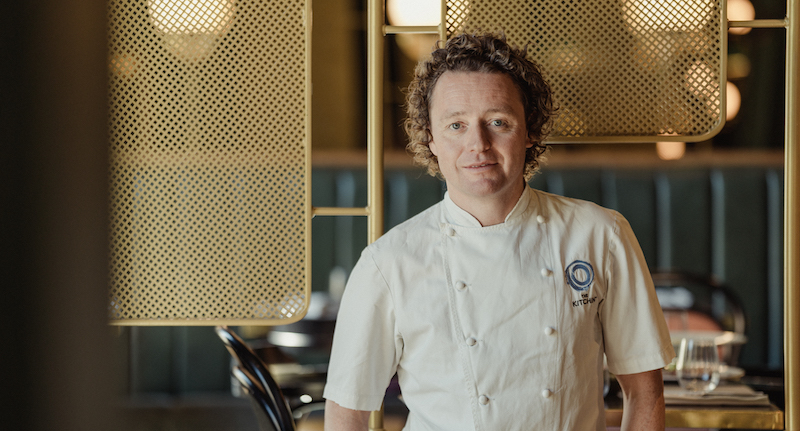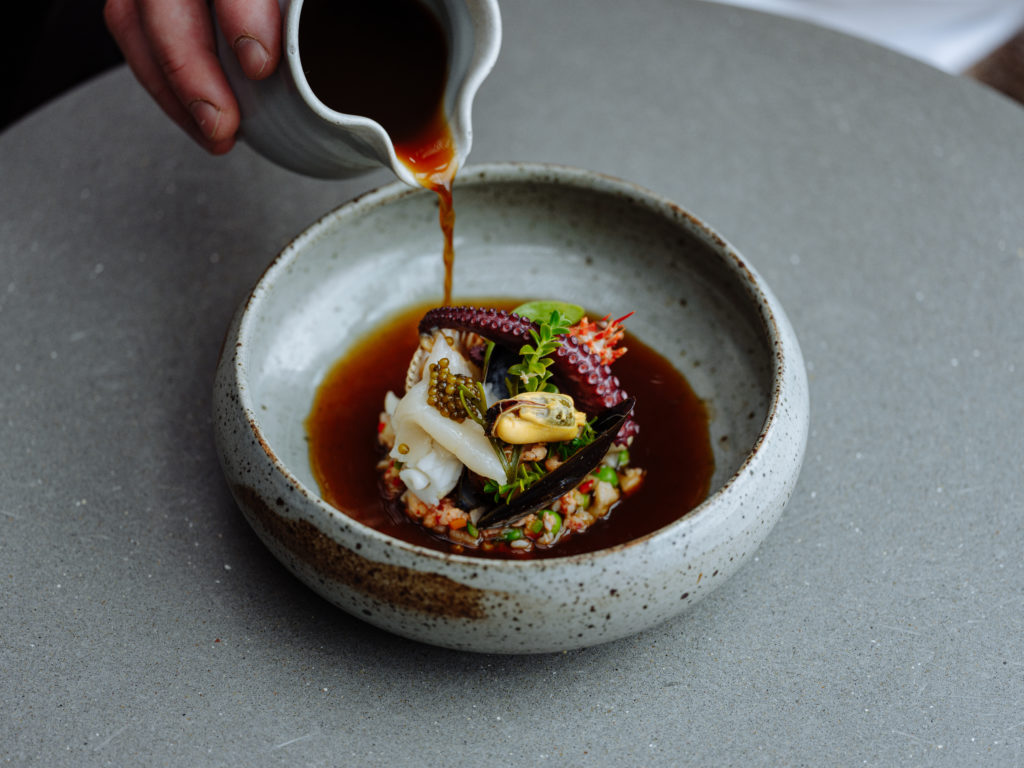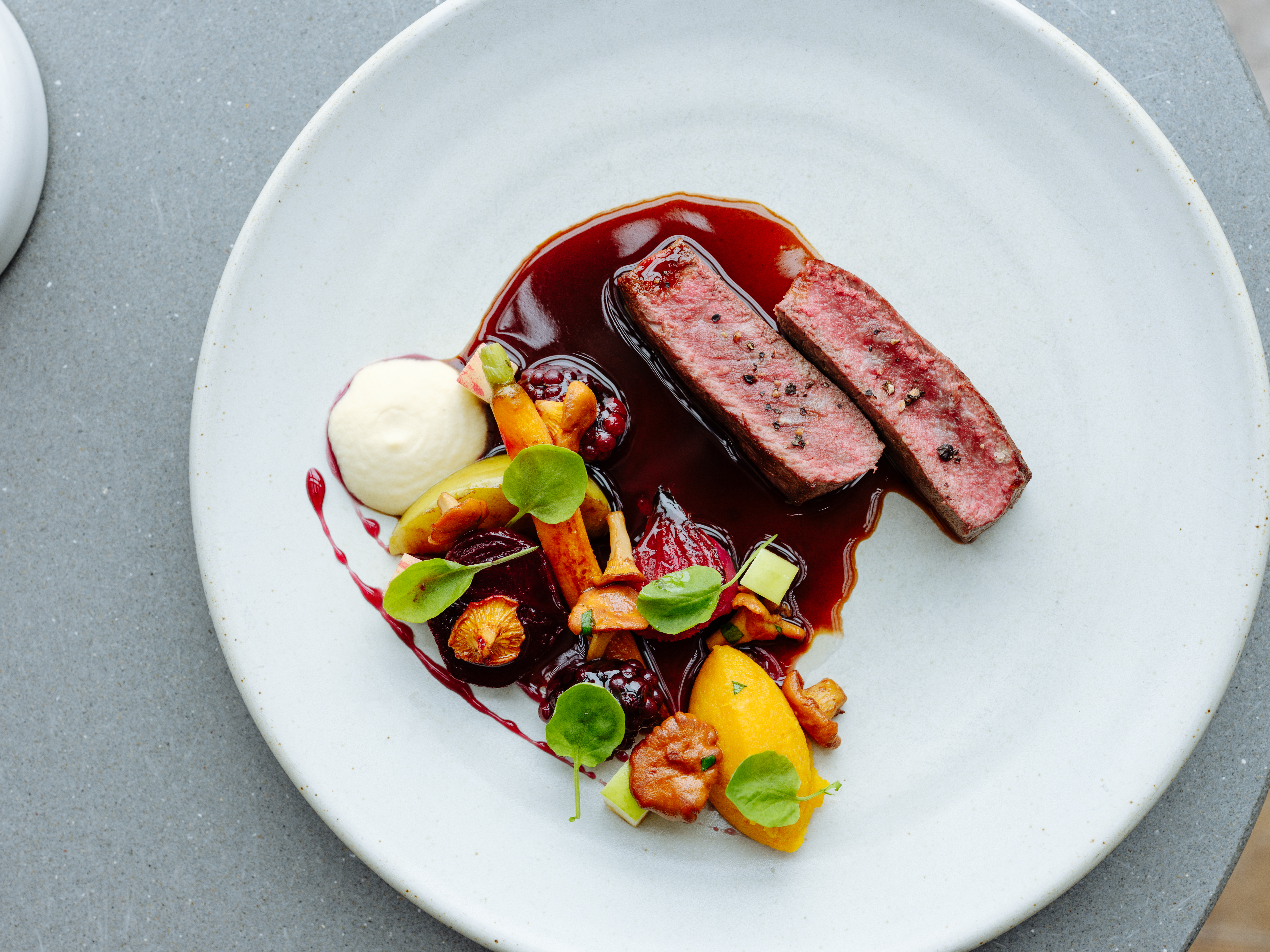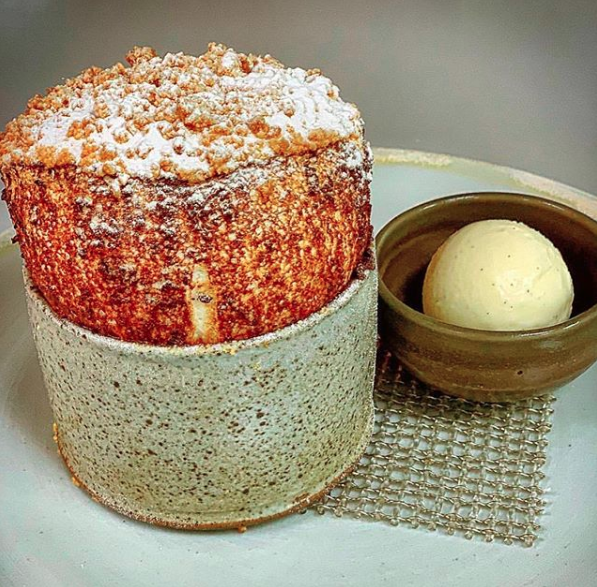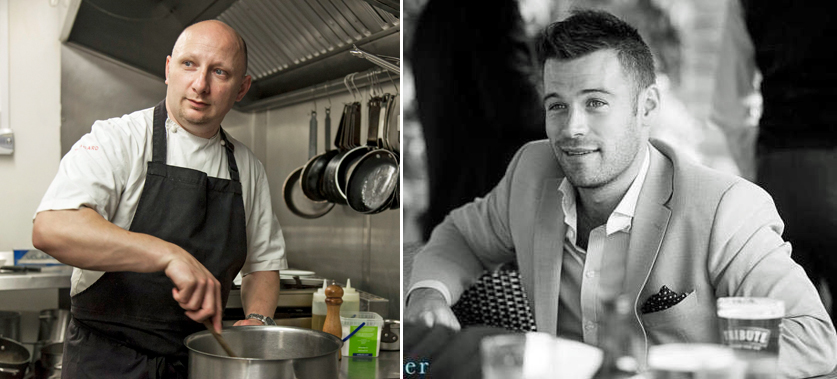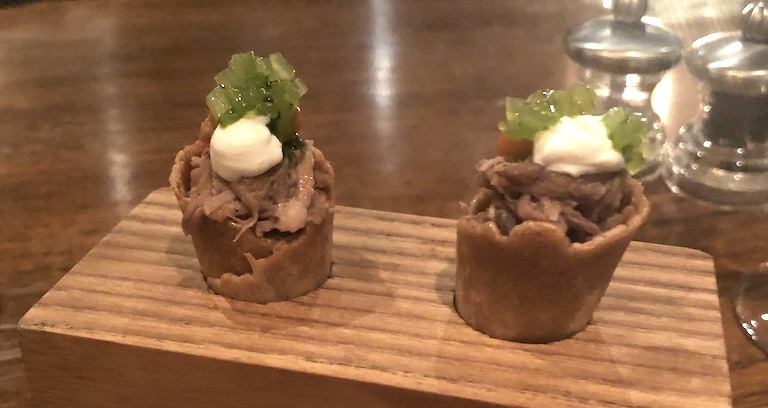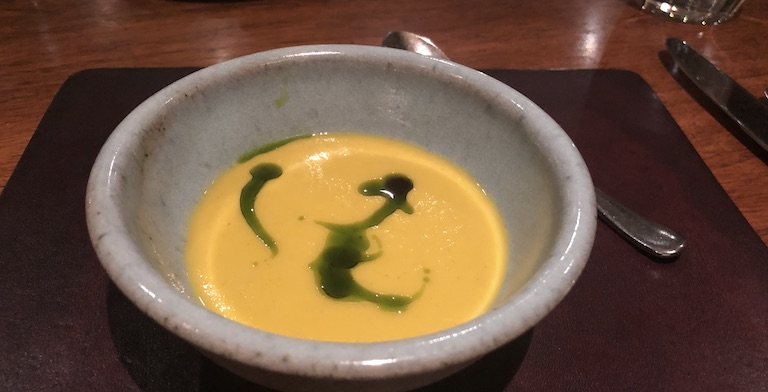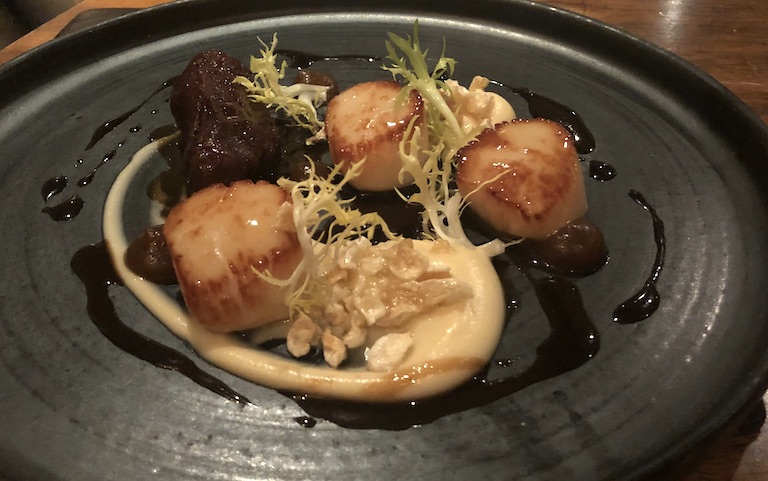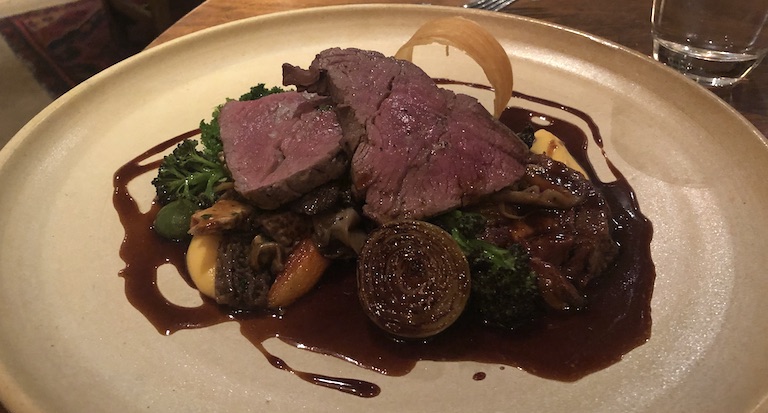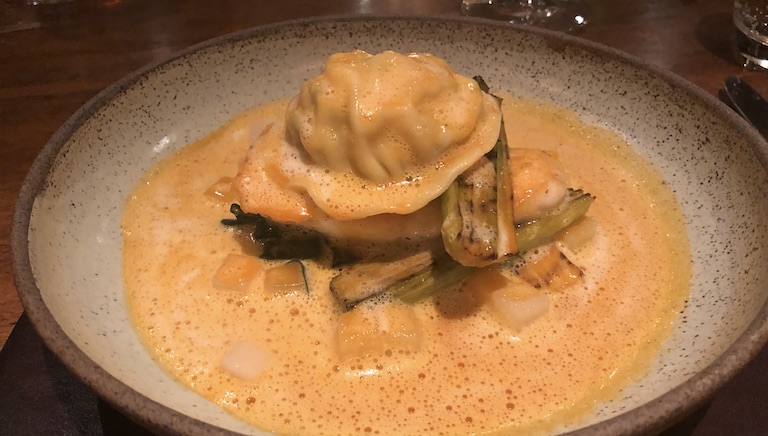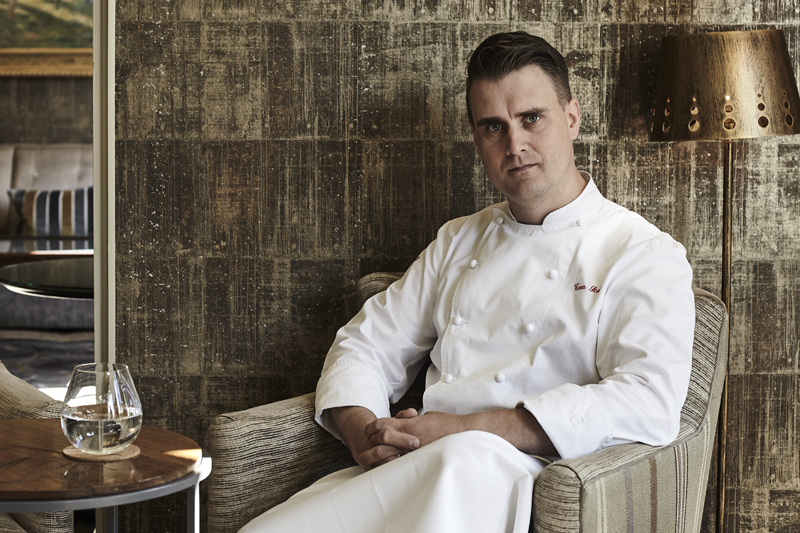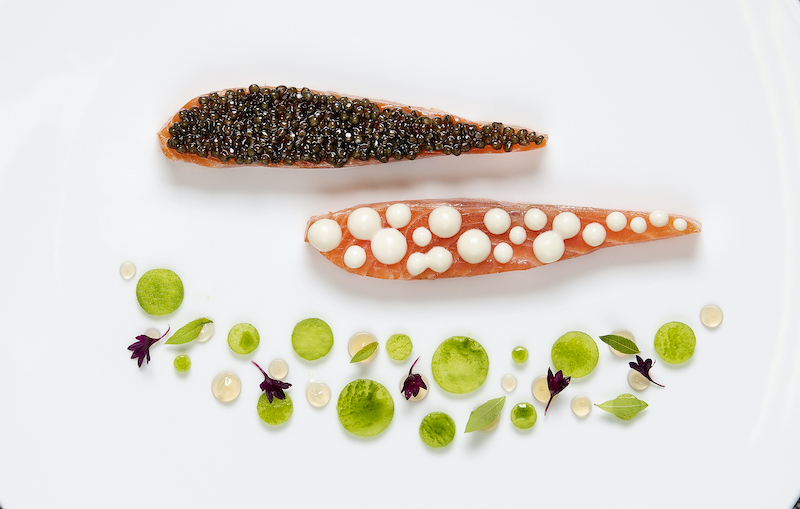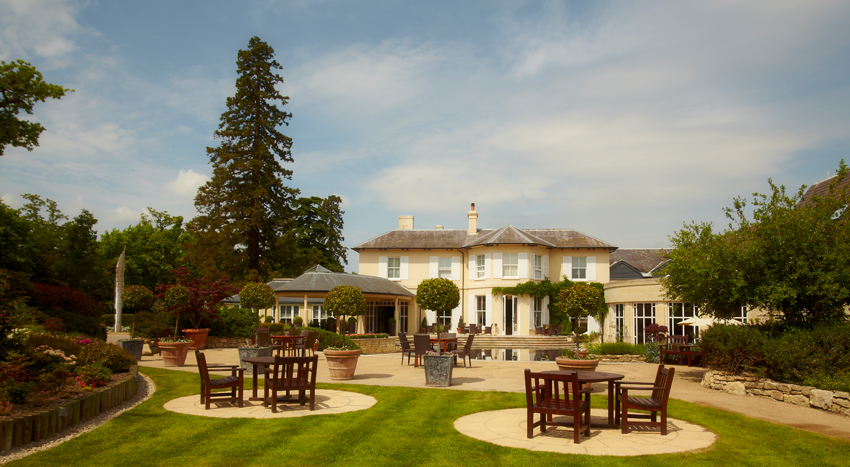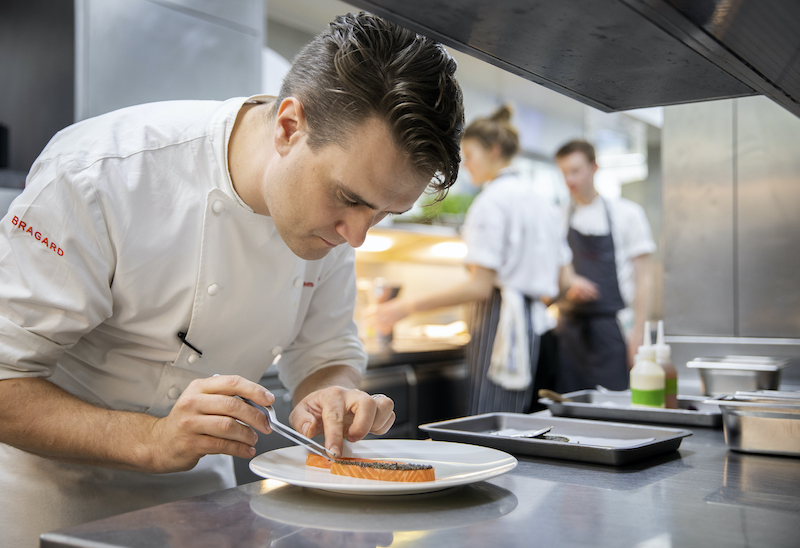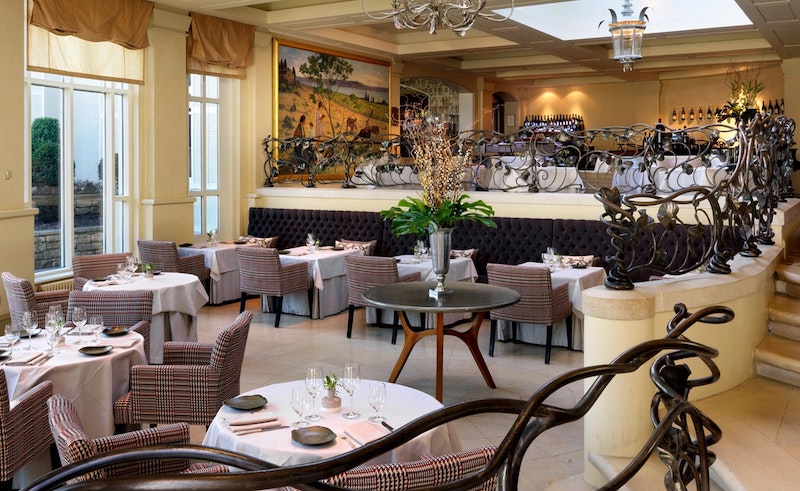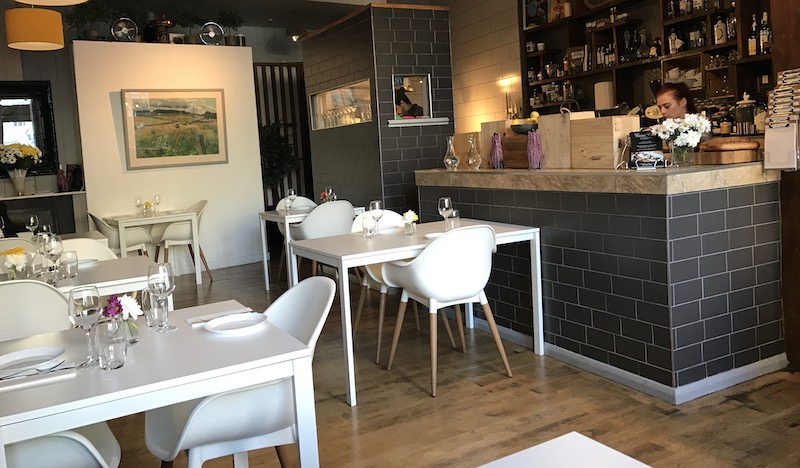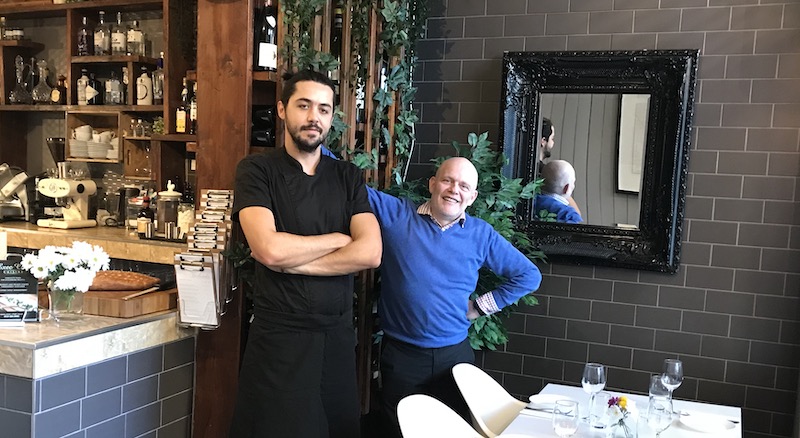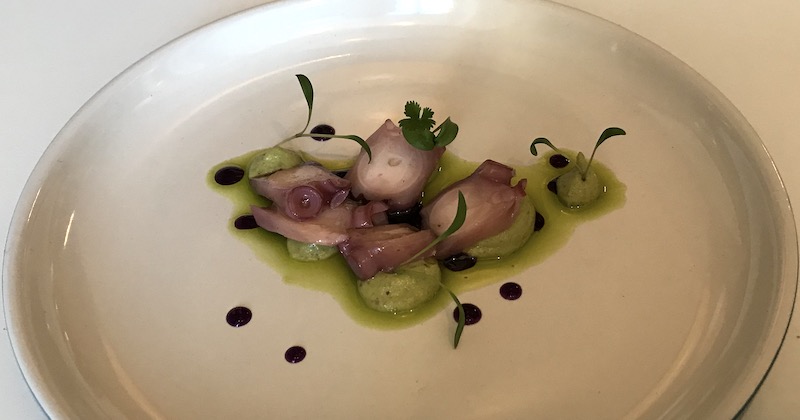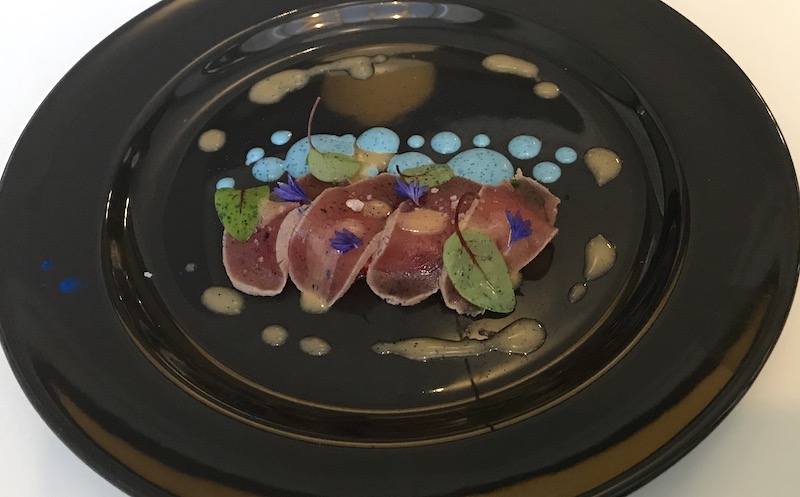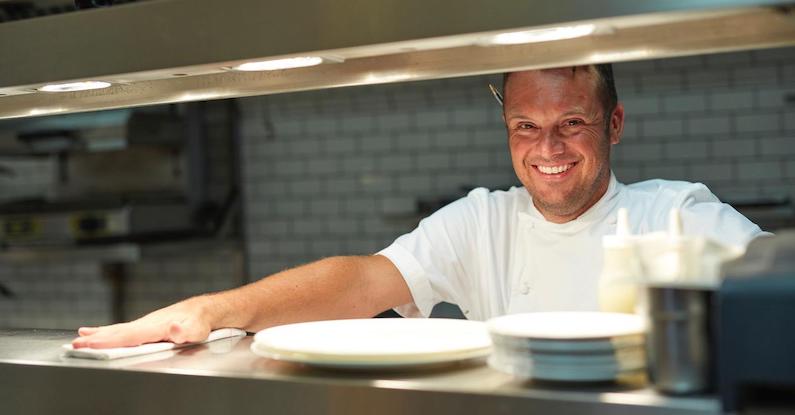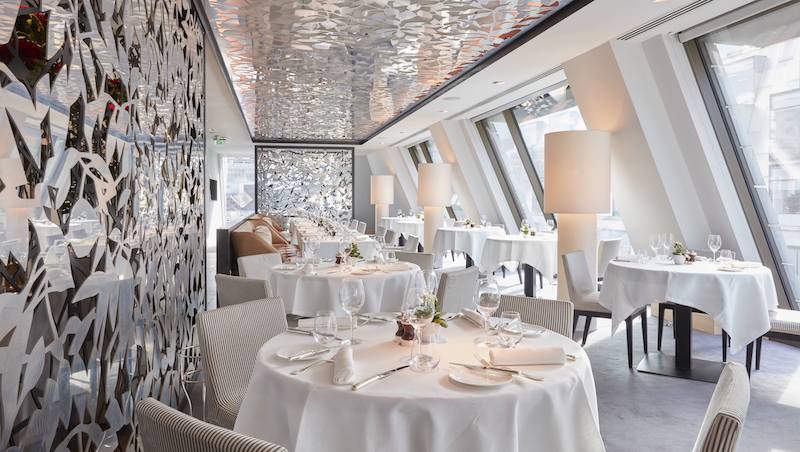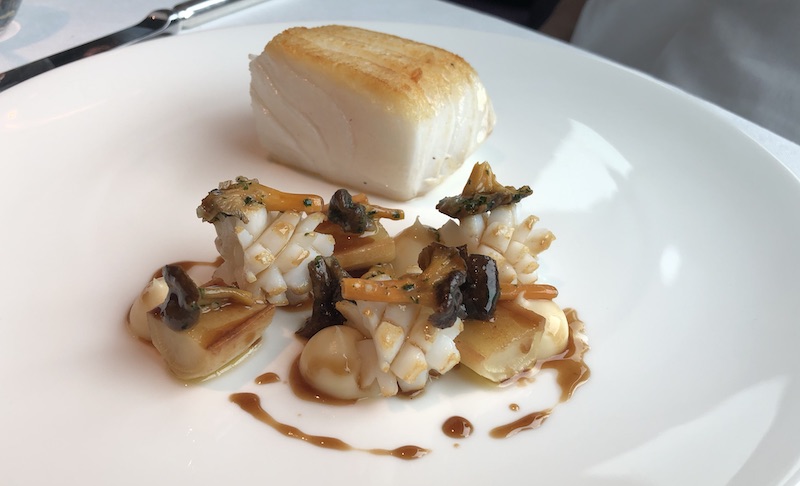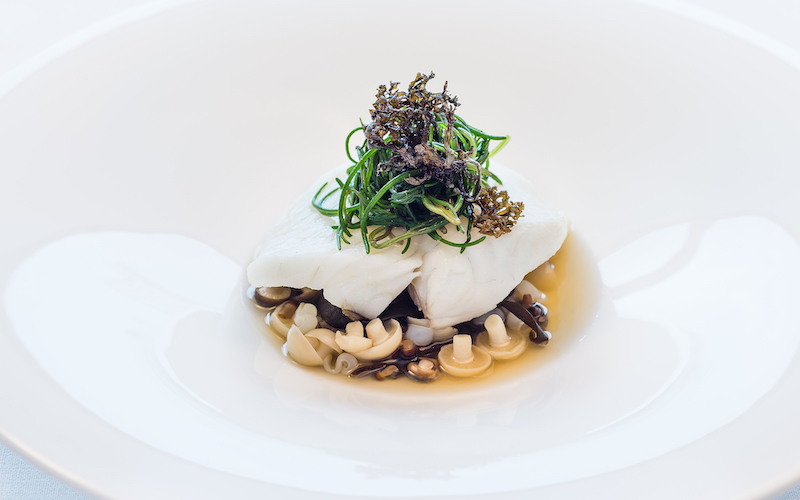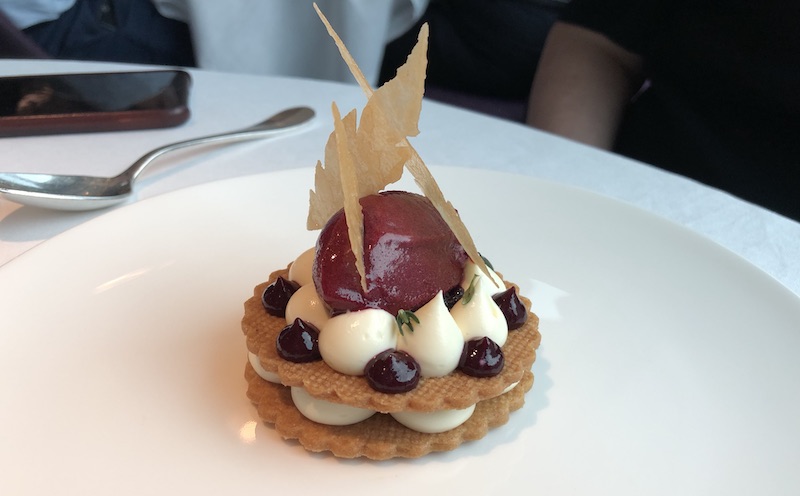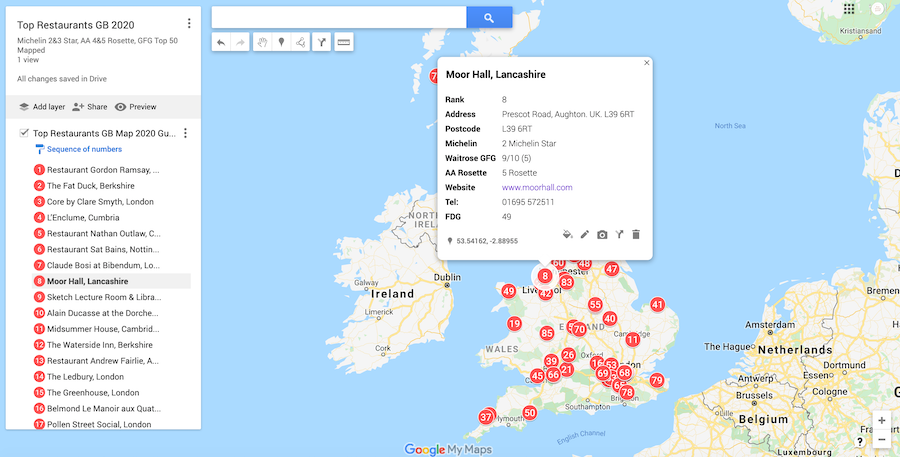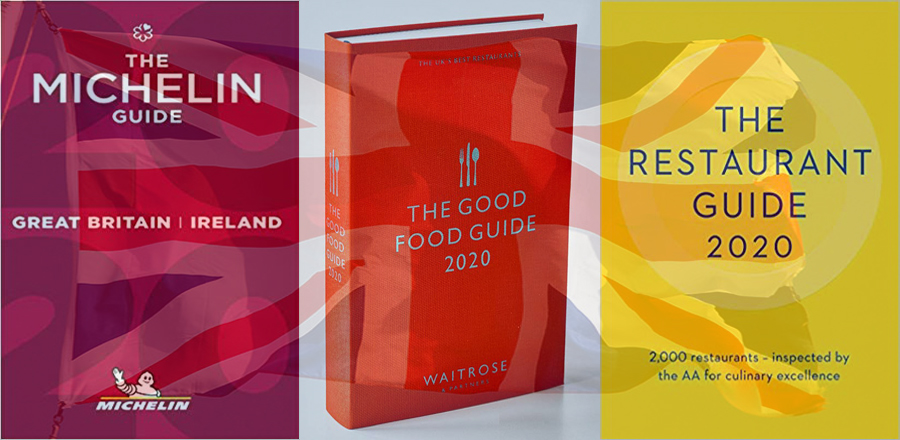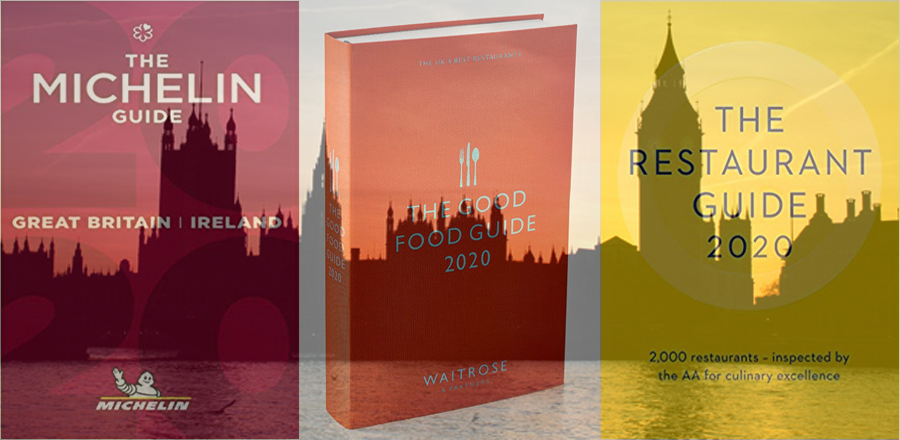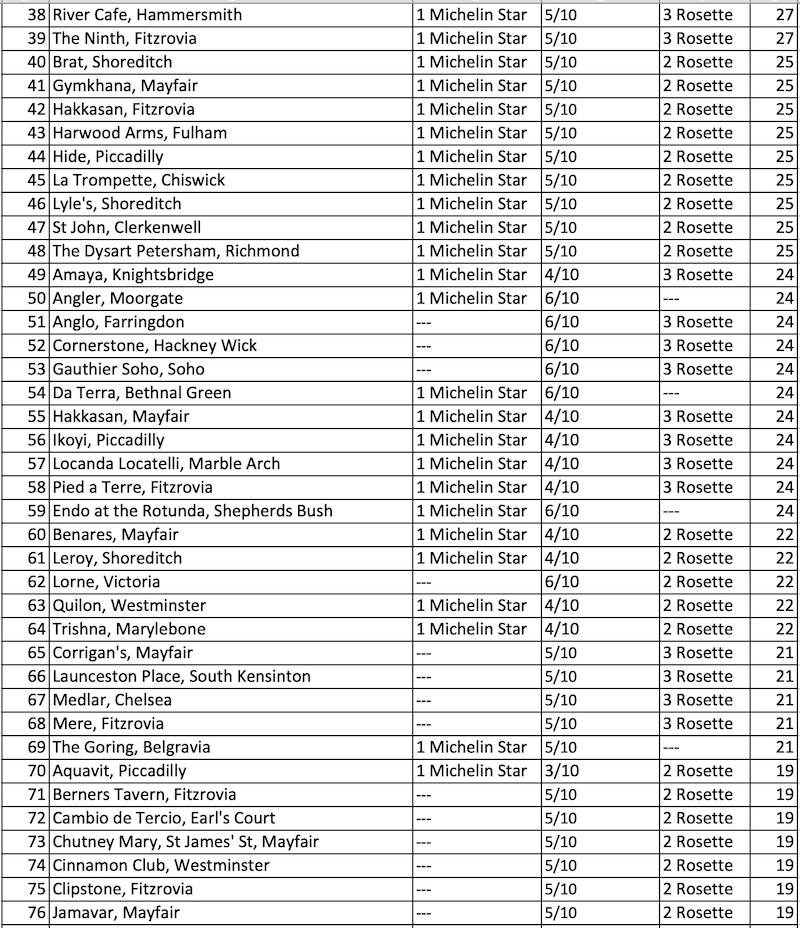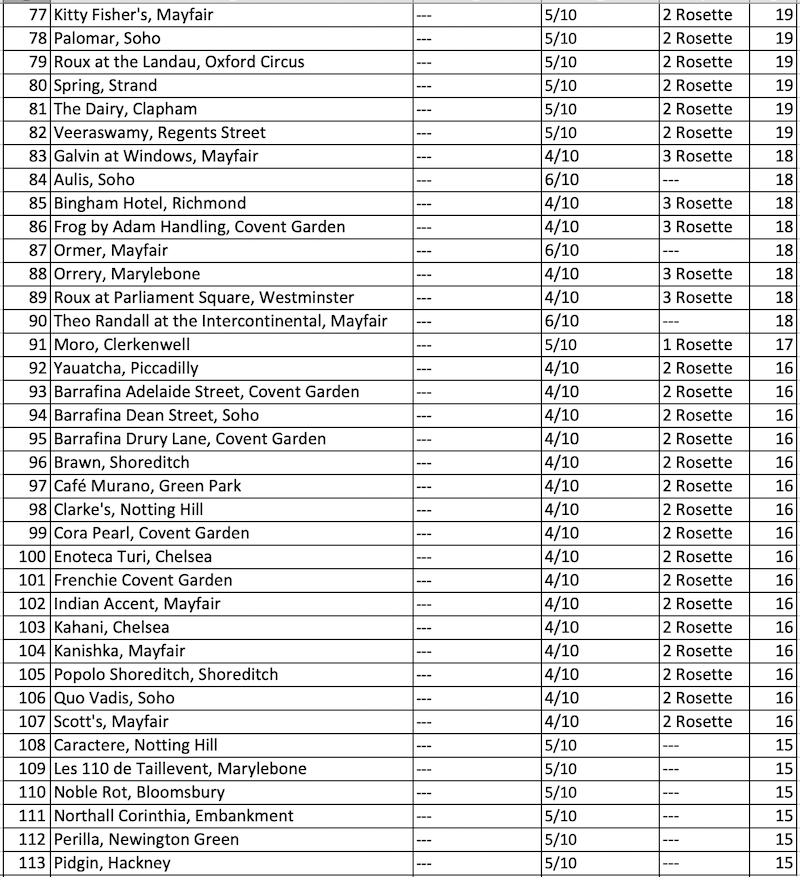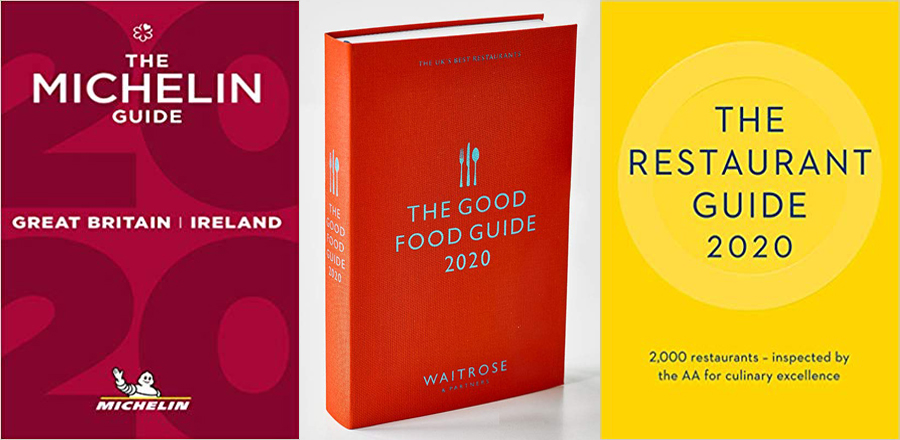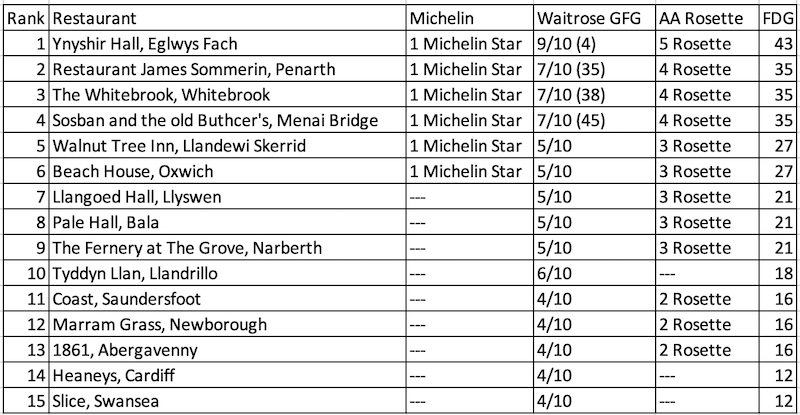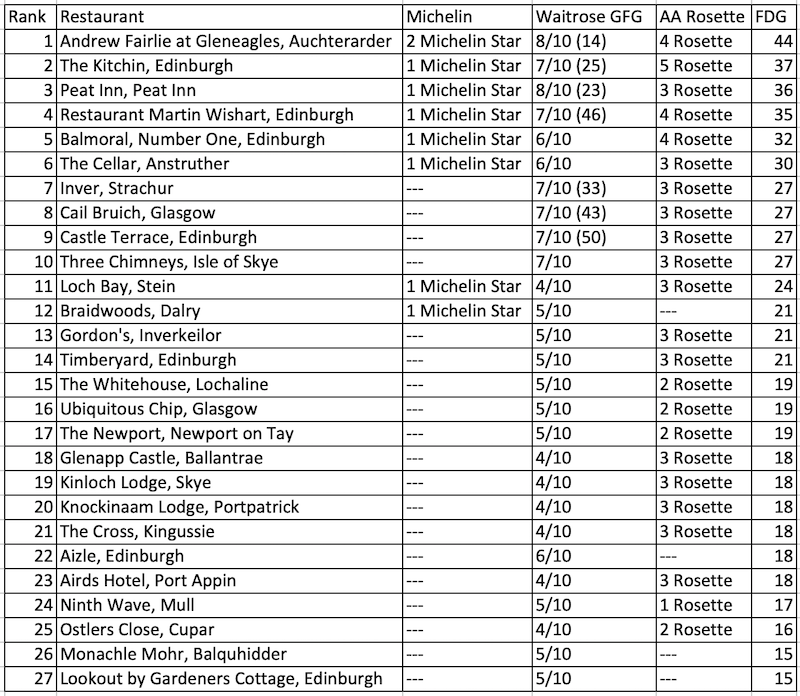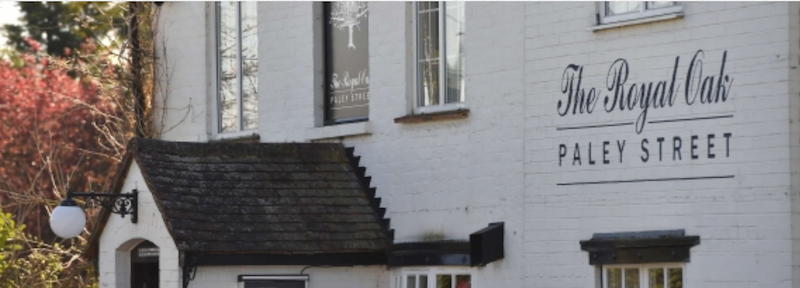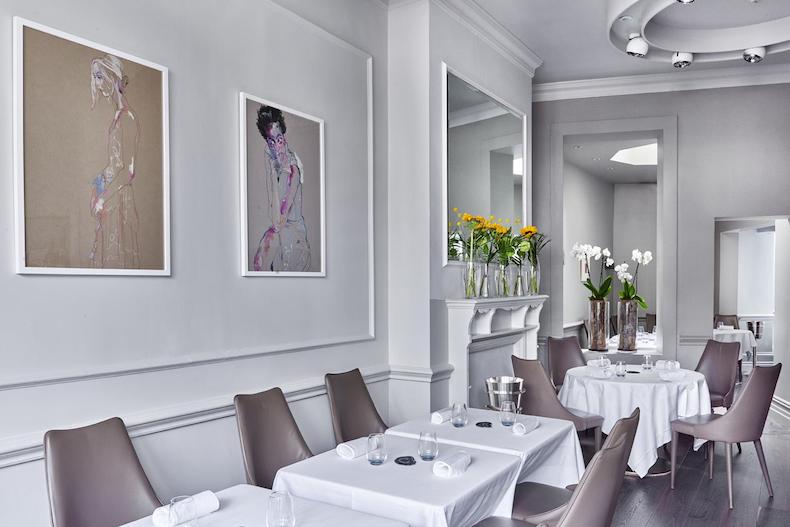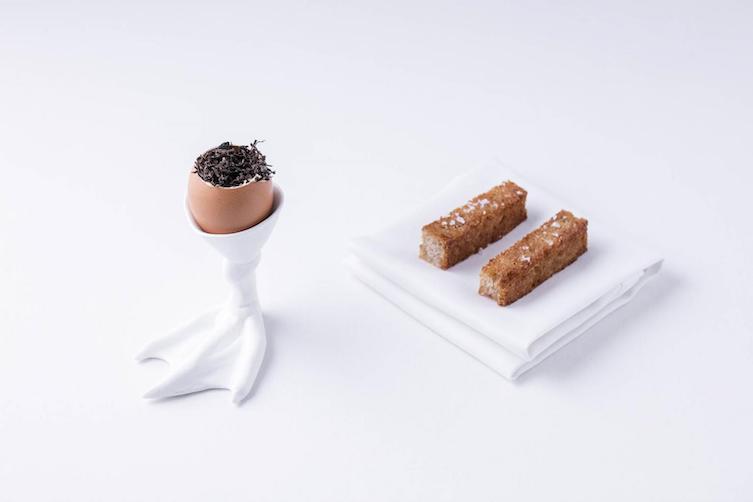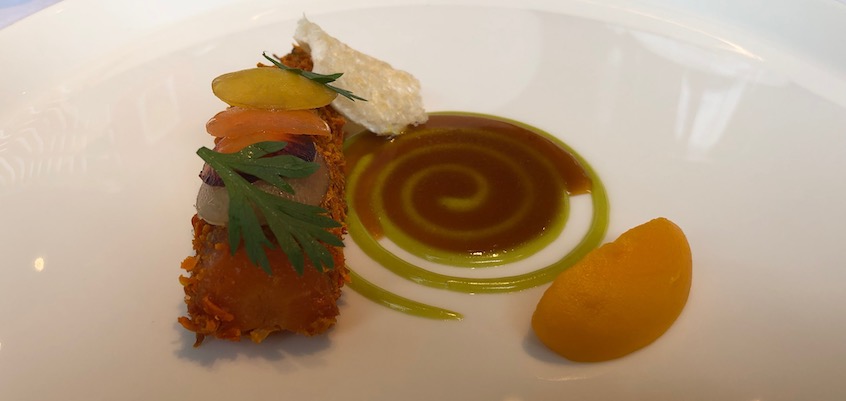
Phil Yeomans’ career has taken a strong and positive path, having started as a young commis chef at the Dorchester Grill, he then worked his way through luxury properties in the USA and Bermuda before finding his kitchen home coming at Lainston House in Winchester. Now into his second spell at the property and this time as Executive Chef, Phil delivers culinary treats to expectant guests of the Exclusive Group property – a hotel Group itself led by a man (Danny Pecorelli) who is renowned for his passion for food. Here, Phil finds time to chat to Simon Carter of fine dining guide about his kitchen journeys and philosophies. The interview took place at The Avenue Restaurant, Chef’s Table at Lainston House in early March 2020.
Give a brief overview of your career to date
Phil’s training was at college in Basingstoke before taking the plunge as an 18-year-old commis chef at The Dorchester Grill. After a successful year he moved to the original Soho House in Greek Street, both kitchens were exceptionally busy and provided extraordinary experience for the young chef. The Fifth Floor at Harvey Nicholls offered the next role in the days when it served great food and was packed with around 150 covers lunch and dinner every day. After three action packed years in London and the turn of the millennium, it was time for Phil to have a change of scenery.
North Carolina and a Relais & Chateaux AAA Five Diamond property called Fearrington House Inn, Pittsboro gave Phil an excellent challenge as well as broadened his horizons. The cuisine varied between influences of modern British, southern state American and Mexican. After two years, via an interested guest and a sequence of events, Phil found himself in Bermuda at Coral Beach club, a famous members club with cottages, which at the time was next door to the Mandarin Oriental on Elbow Beach. After a relatively short period Phil was promoted to Head Chef, which was a real learning curve as the majority of produce – non seafood – was imported, “If you got your chip order wrong, there was trouble” jokes Phil as potatoes were expensive to import.
It was time to settle down and Phil moved back to the UK where his love affair with Exclusive Group of hotels started. Lainston house would be his home for the next eight years, working his way up to Head Chef and being part of the great ‘food culture’ at the Group – at the time there were Michelin Stars around the properties with Michael Wignall, Simon Davies and Matt Gillan (Pennyhill Park, Manor House and South Lodge respectively) leading the various brigades in the Group. Phil was ideally looking for the Executive Chef role and the opportunity arose to fulfil that ambition at Marwell House where he spent the next five years. However, he had always hankered for the same role at Lainston House and in mid 2019, when the chance came, he managed to secure the top position at the property.
Who have been the chef inspirations in your career.
Two decades ago, as a young chef in London, Phil was most inspired by Gordon Ramsay Royal Hospital Road and Phil Howard’s The Square on Bruton Street. Flavour packed food, elevated by iconic chefs with very strong classical foundations. Phil respects Royal Hospital Road as it has continued to evolve and modernise to the present day, while remaining true to its classical roots. Andrew MacKenzie at Lainston House was a mentor during his development and Phil credits the way he runs a kitchen down to Andrew’s approach – calm, efficient, structured, prepared and no drama! He also taught Phil more than about cooking; how to manage people, manage costs, to manage and consider other strategic issues like the environment and so on.
How would you describe the desired cuisine at Lainston House
Flavour first with a strong classical base. There are some modern touches or talking points that are subtle but not to challenge the diner. Working with local producers to support the community as well as utilising the hotel’s kitchen garden. The identity of the restaurant is in the identity of the clientele. Knowing your audience is half the battle in a country house hotel. Phil feels perfectly capable of producing more esoteric dishes, however the house has a classical with a modern twist identity, an identity which Phil is delighted to deliver to the discerning and happy guests.
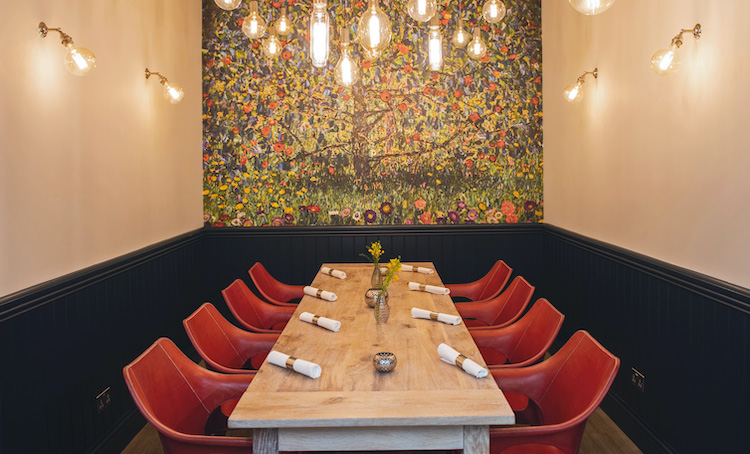
[The chef’s table at The Avenue Restaurant, Lainston House]
What are your favourite dishes on the menu?
The celeriac dish perhaps pushes the boundaries for me and for guests. The feedback is amazing for this dish and so much time and effort has gone into perfecting this vegetarian feast of tastes. A main course that has just come onto the menu is the pork dish, which is classical, elegant and straight forward – apple, turnip and pork. Even though it is a simpler dish, the same focus has gone into making it just right and the flavour impact is truly exceptional. For dessert, the souffle and sorbet work so well and when constructed well there’s nothing better, a classic, enough said!
Tell us about the Chefs Academy at Exclusive Group of Hotels?
The Chefs Academy is an amazing project set up around six years ago by Andrew MacKenzie (who has worked with Exclusive Collection for around thirty years). Well supported by Danny Pecorelli, the opportunity to invest in people has gone hand in hand with the opportunity to solve the Group’s situation with regards to the general industry recruitment challenge.
Every year, each of the kitchens in the Exclusive Collection will get two new year one and two year two trainees. In their first year, the trainee chefs are rotated around the kitchen for a year before moving to a sister property to do the same. At the end of two years they graduate and are invited to apply for a full-time position within the Exclusive Hotel Group – a kind of unofficial year three.
Alongside the practical kitchen work experience, the trainees will be completing modules of training. Every other week, for two days, they will be with Andrew (MacKenzie) learning about different aspects of the chef profession. One such module may involve Portland Shellfish, where they would go down to Portland, go out on the boats, to see how to pick a crab and so on. The next day they will return to the in-house cookery school, where they will learn how to cook, plate and present crab dishes.
Likewise, there will be game module, a cheese module and so on, where the trainees learn in the classroom or out with a supplier or working on the job to give first class, all round, training and education. Over the two years they will learn everything from tempering chocolate to breaking down fish, the kind of apprenticeship that was had thirty years ago but doesn’t exist elsewhere today.
The Group is proud of the level and strength of quality of learning provided, so Andrew MacKenzie is able to scout the colleges and get the pick of the graduating bunch. There is still a highly competitive recruitment process involving interviews and cook-offs.
Due to the success of the chef academy, Exclusive Group has started a front of house academy to replicate this success.
Tell us more about the passion driving employee wellbeing from the top?
The food culture and welfare of the chefs filters through from a passion from the top. There’s 800 plus employees in the group and we have a “family” feel and a staff brand called Exclusive People. Significant pride is taken in looking after people, a small but relevant example is in the staff rooms which are furnished and managed to a standard as if they were front of house. The wellbeing and morale of staff reflects in productivity. From a chef perspective, there’s a fixed hours contract and it is ensured over a period that this balances out to give a proper work/life balance. There’s also continuous investment in people and their work environment, for example we have new kitchen equipment here at Lainston House as part of a constant awareness that reinvestment is the answer to staying ahead in modern economic times.
How many front of house and how many are in the kitchen brigade?
Kitchen team is eighteen , front of house eleven in the restaurant and six in the bar.
What are the menu structures and how often do you change them?
Seasonal, four times a year, although in summer the menus may change to maximise freshness with the vegetables coming through. There a seven-course tasting menu with a vegetarian and vegan option. The Carte is a five starter, five main and five dessert choice menu. The focus is now on dinner, lunch time is now more geared towards afternoon tea, which is supported by a bar menu.
What are your plans for the future?
Right from the top the drive is to see ahead and deliver on identified objectives. Something that is now mainstream but started at Lainston House ten or so years ago was Exclusively Green. For example, in the kitchen Lainston House have stepped up to be gas efficient. Phil hopes to be putting the property firmly on the culinary map, in the context of achieving the changing requirements that reflect a successful, modern, relevant and thriving business.
Phil Yeomans is enjoying his Executive Chef role at Lainston House, at the pinnacle of his career. Guests of The Avenue, based on fine dining guide’s experience, leave satisfied in stomach and impressed by quality in equal measures. Long may this continue!




